kitchen cabinet specifications pdf
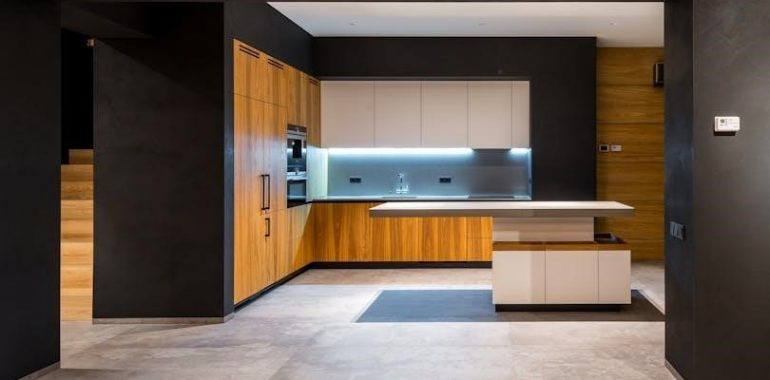
kitchen cabinet specifications pdf
Kitchen cabinet specifications are essential for ensuring that your cabinetry meets both functional and aesthetic requirements. These specifications outline the standards for materials, construction, dimensions, and performance, helping homeowners and designers make informed decisions. Whether you’re remodeling a kitchen or designing one from scratch, understanding these specifications is crucial for achieving optimal functionality and durability.
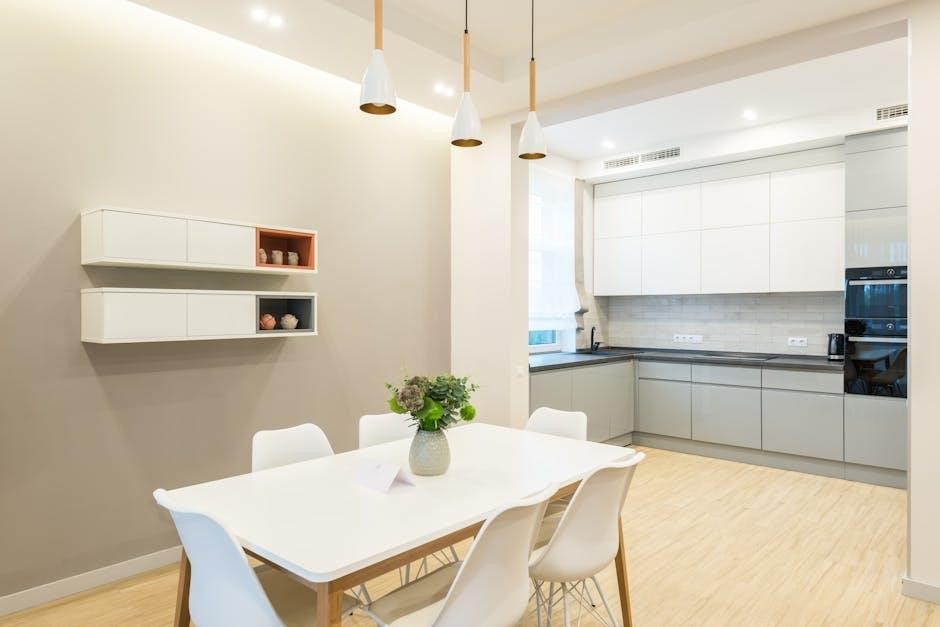
Specifications typically include details about the cabinet’s construction, such as the type of materials used for the cabinet boxes, shelves, and drawers. For instance, materials like industrial-grade particleboard, medium-density fiberboard (MDF), and solid wood are commonly specified, each offering unique benefits in terms of stability, weight capacity, and environmental sustainability. Many manufacturers adhere to standards set by organizations like the Kitchen Cabinet Manufacturers Association (KCMA) and the American National Standards Institute (ANSI), ensuring that products meet rigorous quality and safety benchmarks.
Another key aspect of kitchen cabinet specifications is dimensional accuracy. Standard sizes for base, wall, and tall cabinets are often specified to ensure compatibility with typical kitchen layouts. For example, base cabinets are usually 34.5 inches tall without countertops, while wall cabinets may range from 30 to 42 inches in height. These dimensions are designed to maximize storage while maintaining ergonomic accessibility. Additionally, specifications may address features like adjustable shelves, drawer mechanisms, and soft-close hinges, which enhance user convenience.
Environmental and safety considerations are also integral to modern cabinet specifications. Many manufacturers now comply with regulations such as CARB2 certification, which ensures that products emit low levels of formaldehyde, making them safer for indoor use. Moisture resistance and thermal stability are also critical factors, especially for cabinets installed near appliances or in high-humidity areas like kitchens and bathrooms.

Materials Used in Kitchen Cabinets
The choice of materials for kitchen cabinets is a critical factor in determining their durability, aesthetic appeal, and functionality. Cabinets are constructed from a variety of materials, each with its own unique characteristics, advantages, and limitations. Understanding these materials is essential for making informed decisions when selecting or designing kitchen cabinets. This section delves into the common materials used in kitchen cabinet construction, their properties, and their suitability for different kitchen environments.
2.1 Particleboard
Particleboard is one of the most widely used materials in kitchen cabinet construction. It is made from wood chips and shavings that are bonded together using a synthetic resin. The mixture is compressed under high pressure to form a dense and flat panel. Particleboard is often used for the cabinet boxes, shelves, and drawer bottoms due to its affordability and stability. It is less prone to warping and shrinking compared to solid wood, making it a reliable choice for large, flat surfaces.
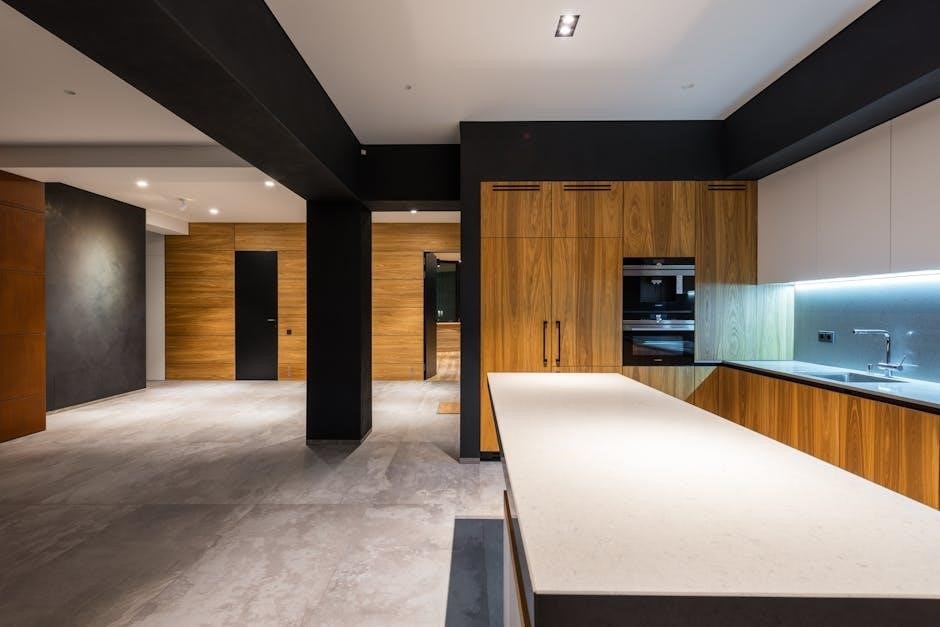
Particleboard is typically covered with a veneer or laminate to enhance its appearance and durability. Industrial-grade particleboard, which meets standards like ANSI 208.1, is commonly specified in kitchen cabinet specifications; This grade ensures that the material is durable and resistant to moisture, making it suitable for kitchen environments where humidity levels can fluctuate. However, particleboard is heavier than other materials and may not be as sturdy as solid wood or plywood in terms of load-bearing capacity.
2.2 Medium-Density Fiberboard (MDF)
Medium-Density Fiberboard (MDF) is another popular material used in kitchen cabinets. It is similar to particleboard but is made from finer wood fibers, resulting in a smoother and denser surface. MDF is often used for cabinet doors, drawer fronts, and other visible components because it can be finished to a high standard, making it ideal for painted or laminated surfaces. It is also less likely to have the natural imperfections found in solid wood, providing a uniform appearance.
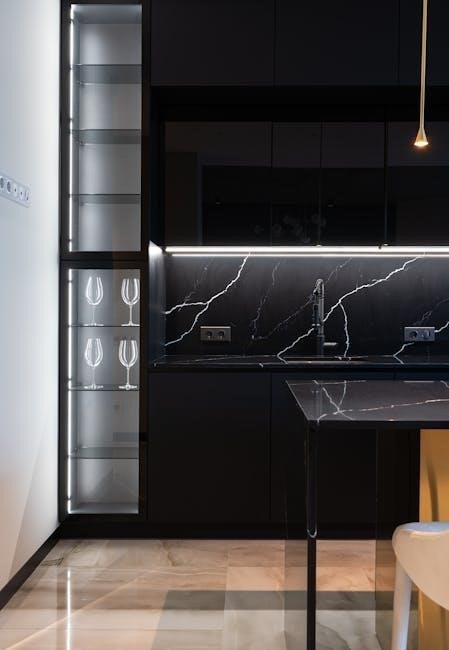
MDF is highly versatile and can be shaped into intricate designs without splintering. However, it is more prone to water damage than particleboard or solid wood, which makes it less suitable for areas directly exposed to moisture. Additionally, MDF is heavier than many other materials, which can make it more challenging to install. Despite these drawbacks, its smooth surface and affordability make it a favorite among manufacturers and homeowners alike.
2.3 Solid Wood
Solid wood is a timeless choice for kitchen cabinets, offering a natural beauty and warmth that is hard to replicate with engineered materials. It is available in a wide range of species, each with its own unique grain pattern and color, allowing for a high degree of customization. Common types of wood used for kitchen cabinets include oak, maple, cherry, and walnut. Solid wood is prized for its durability and ability to be refinished, making it a long-lasting investment for any kitchen.
One of the key advantages of solid wood is its strength and stability. Unlike particleboard or MDF, solid wood can withstand heavy loads and is less likely to sag over time. However, it is also more expensive than engineered wood products and can be more challenging to work with during the manufacturing process. Additionally, solid wood is more susceptible to warping and shrinking in environments with significant temperature and humidity fluctuations, which can affect its appearance and structure over time.
2.4 Plywood
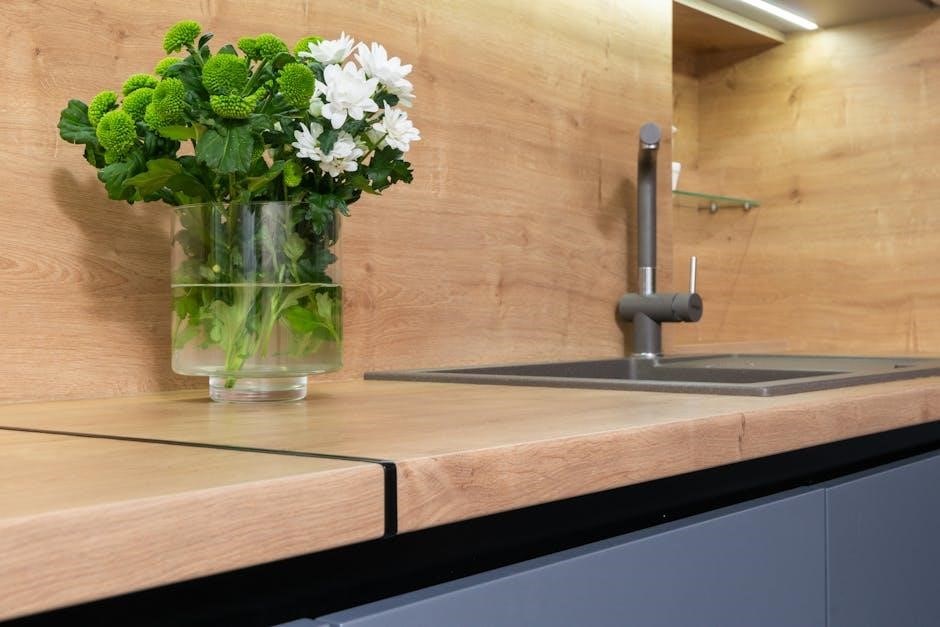
Plywood is another versatile material used in kitchen cabinet construction. It is made by layering thin sheets of wood veneer and bonding them together with adhesive. This construction method makes plywood highly resistant to warping and shrinking, making it an excellent choice for cabinet boxes and shelves. Plywood is also lighter than particleboard and MDF, which can make it easier to handle during installation.
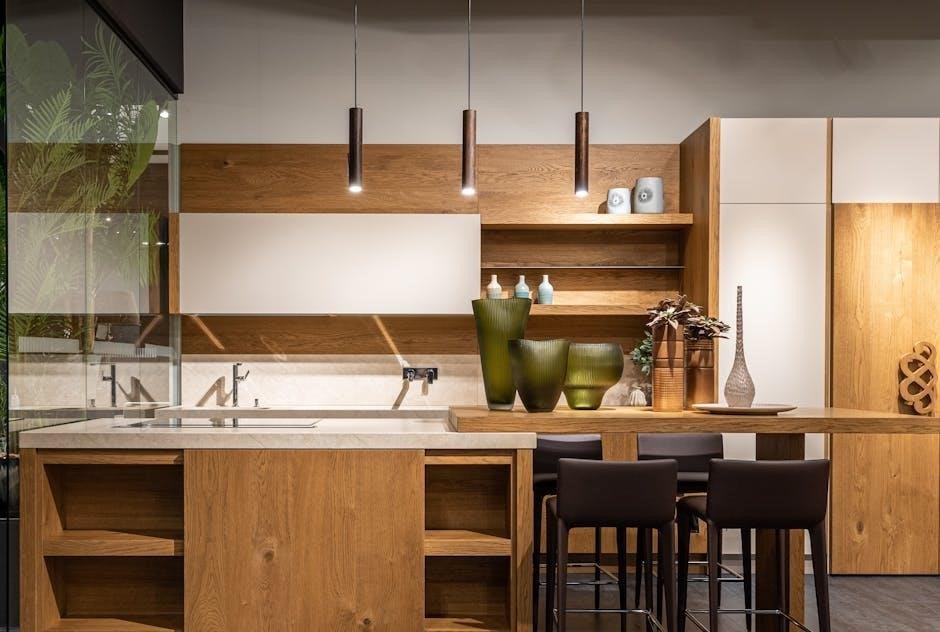
There are different types of plywood available, including interior and exterior grades. Interior plywood is typically used for cabinet boxes and other hidden components, while exterior plywood is treated to withstand moisture and is often used for cabinets that will be exposed to humidity. Plywood is also available in a variety of thicknesses, ranging from 1/4 inch to 3/4 inch, allowing for flexibility in design and construction.
2.5 Thermally Fused Melamine (TFM)
Thermally Fused Melamine (TFM) is a popular choice for kitchen cabinet doors and drawer fronts. It is made by fusing a melamine resin coating to a substrate, typically particleboard or MDF, under high heat and pressure. This process creates a durable and resistant surface that is easy to clean and maintain. TFM is available in a wide range of colors and patterns, making it a versatile option for achieving a modern and sleek look in the kitchen.
One of the key advantages of TFM is its resistance to scratches, stains, and moisture. This makes it an excellent choice for busy kitchens where cabinets are subject to heavy use. Additionally, TFM is more affordable than solid wood and requires less maintenance, making it a practical choice for homeowners. However, it is not as durable as solid wood and may chip or crack if subjected to heavy impacts.
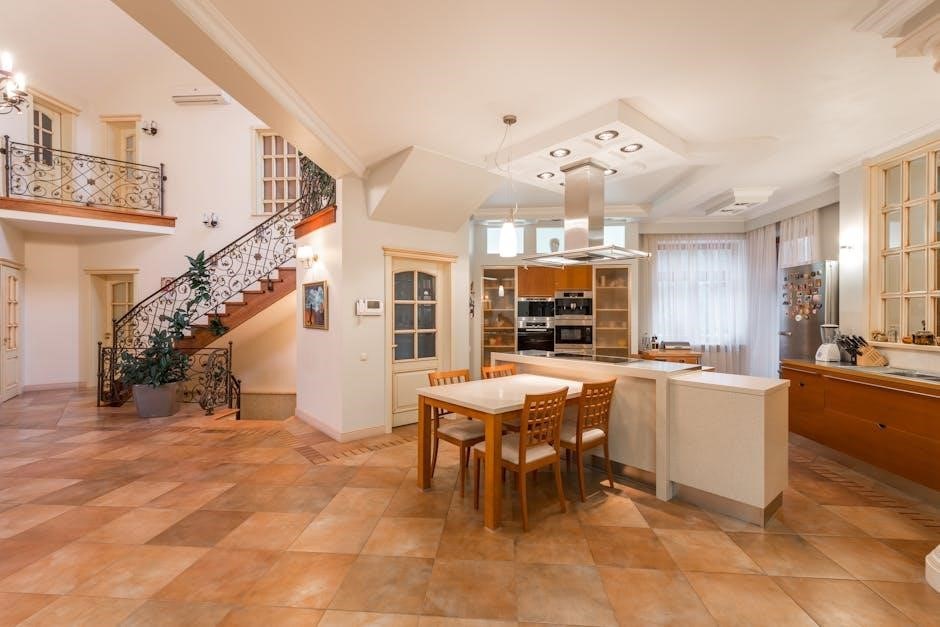
2.6 Polyurethane Coatings
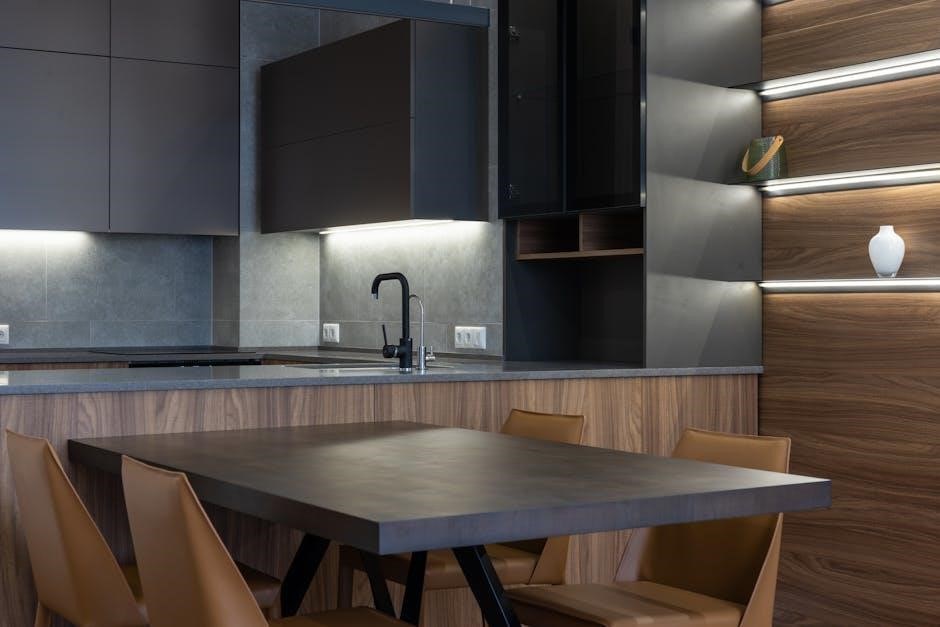
Polyurethane coatings are commonly used to protect and enhance the appearance of kitchen cabinets. These coatings are applied to the surface of the cabinet material, creating a hard, durable finish that resists scratches, spills, and fading. Polyurethane coatings are available in a variety of sheens, from matte to high gloss, allowing for a wide range of design possibilities.
One of the key benefits of polyurethane coatings is their ability to protect the underlying material from moisture and wear. This makes them an excellent choice for cabinets that will be exposed to high levels of humidity or heavy use. Additionally, polyurethane coatings are easy to clean and maintain, making them a practical choice for busy households. However, they can be more expensive than other types of finishes, and the application process requires careful preparation to ensure a smooth and even result.
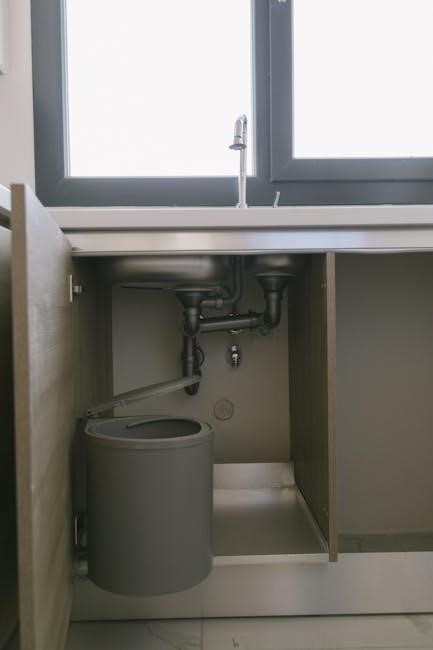
2.7 Hardware and Accessories
In addition to the materials used for the cabinet boxes and doors, the hardware and accessories play a crucial role in the overall functionality and appearance of kitchen cabinets. Hardware includes items such as hinges, drawer slides, handles, and knobs, while accessories may include drawer organizers, spice racks, and Lazy Susans. The choice of hardware and accessories can significantly impact the usability and aesthetic appeal of the cabinets.
Hinges and drawer slides are essential for ensuring that the cabinets open and close smoothly. Soft-close hinges and drawer slides are particularly popular, as they provide a quiet and gentle closing action that can help extend the life of the cabinets. Handles and knobs are available in a wide range of styles and materials, from modern stainless steel to traditional brass, allowing homeowners to customize the look of their cabinets. Accessories like drawer organizers and spice racks can help maximize storage space and keep the kitchen clutter-free.